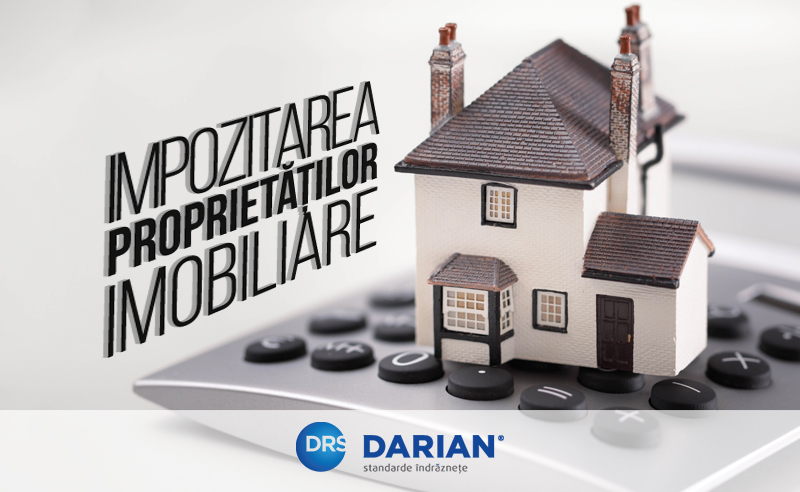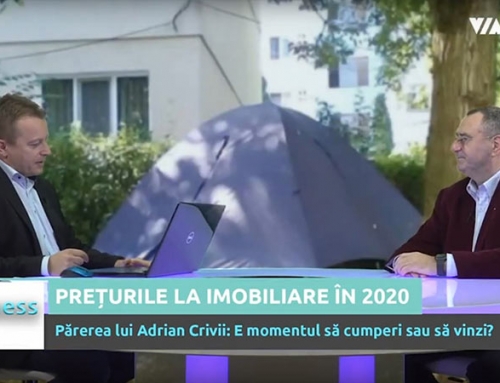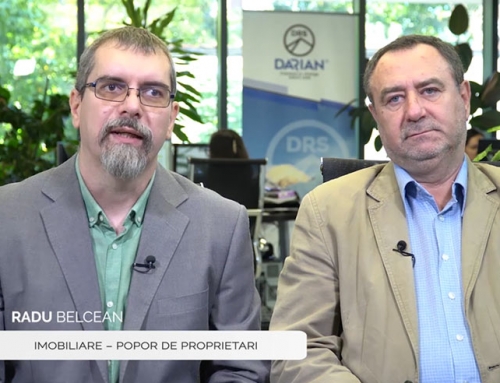We are at the end of a three-year cycle since applying the new Tax Code approach for the taxation value of real estate, and I would like to make some critical assessments on this subject, building on Darian’s experience.
The taxation value has been further made by separating, I say, unhappily, the two essential components of a real estate – building namely land, which, I believe, leads to the current discussions on a new amendment to the Tax Code.
Changes that occurred three years ago in the TC have significantly changed the way real estate is taxed in the sense of buildings for both individuals and legal entities.
In the case of lands which are patrimonial assets with impact on the taxable value, unfortunately, no changes have been made. The same subjective empirical method has remained, at the discretion of local authorities, which, apart from localization, does not include other characteristics regarding their use or development potential, for example.
If we refer to buildings owned by legal entities, the change was in the sense of waiving market valuation by comparison methods, or based on revenue generated, and they passed exclusively to the reconstruction cost-based method, depreciated with physical wear and tear. The advantage of this change is that the taxable amount is determined by a standardized method based on constructive features, real physical wear and tear and provides a transparent, stable basis that can be easily verified and used in the long term as long as the building or construction costs do not undergo significant changes.
These features give it a taxation value vocation, which is an obvious gain for both the taxpayer and the tax authorities.
Proposals to amend the Tax Code, with the move to the market value of buildings beyond the fact that it is impossible to apply, as is now mentioned in the proposal, waives the significant advantages outlined above.
Estimating the market value of real estate (building + land), as it might be proposed as a tax approach, has the following characteristics:
It can be a volatile value as a result of the evolution of the real estate market during the very active periods and crisis periods respectively. It has a higher dose of subjectivism and can be difficult to estimate, especially in case of a few active markets or disadvantaged regions. It is not a value that can be considered for a longer time.
Another sensitive issue is the problem of the separate treatment of the land corresponding to the building, or of the excess one. In dealing with the taxable value of lands, account should be taken of the existing use for the built ones or of the legal economic development opportunities for the free ones.
An insufficiently frustrated aspect is that of the taxation coefficient, which in the current Tax Code is in an extended range, leaving it to the local authorities to set their own policy according to the needs, the economic situation, or separately, if necessary, for individuals, legal persons, usage, etc.
As a conclusion, I believe that the current method of estimating the value of taxation gives stability and transparency in the case of buildings. It should be continued in the Tax Code. They would have to refer to the question of modifying the land valuation procedure as a component of real estate by methods in line with national assessment standards.
These methods are routinely used by valuers and lead to values that can constitute a transparent tax base that would, moreover, stimulate the inclusion of these important assets in the economic circuit.



Adrian Crivii is the founder of Darian DRS SA and the coordinating partner of the management teams across all the divisions of Darian Group. He has also been a member of ANEVAR since 1993 and an honorary member of the Royal Institution of Chartered Surveyors (RICS). Adrian Crivii is a REV valuer (Recognised European Valuer) and graduated the Machinery and Equipment Valuation Course (ME 201-206) of the American Society of Appraisers.






